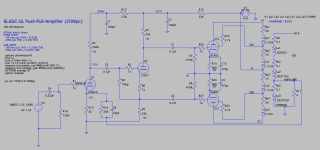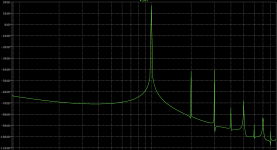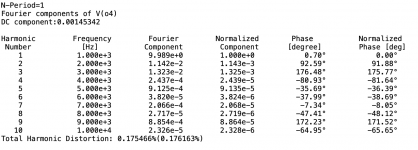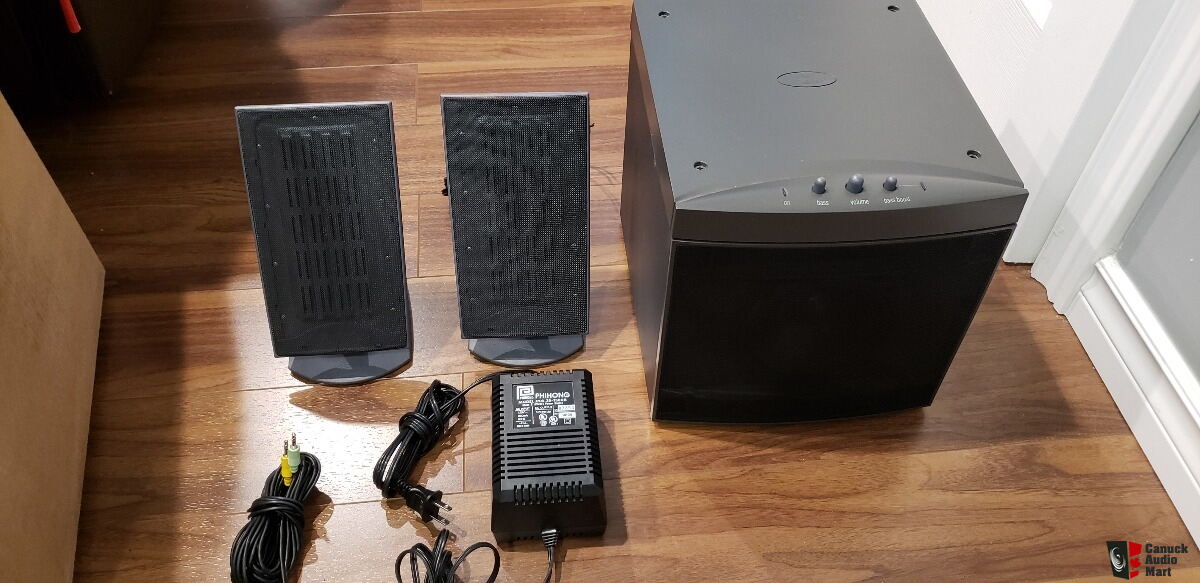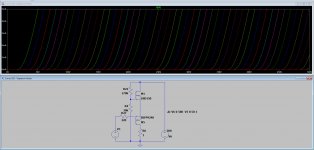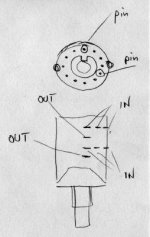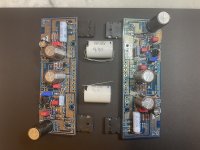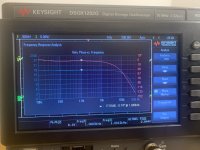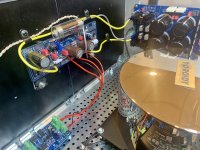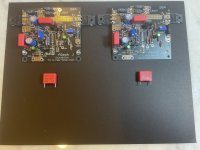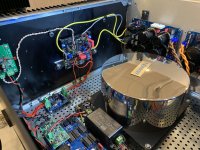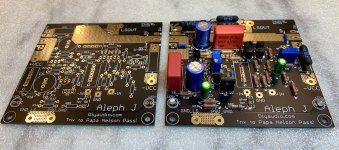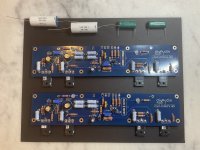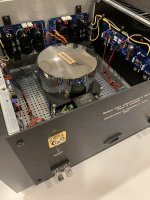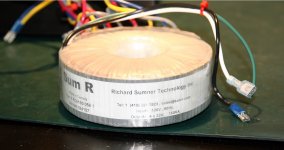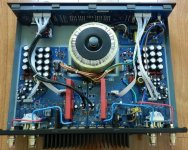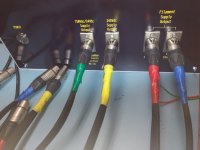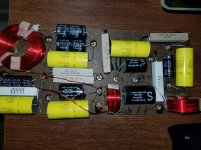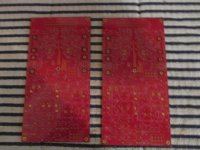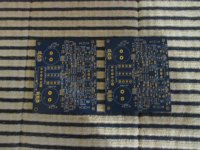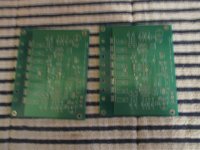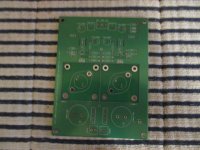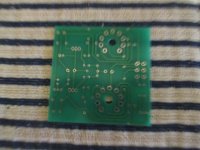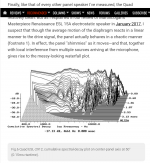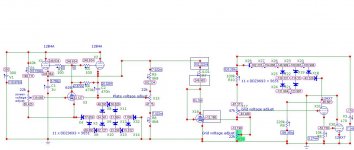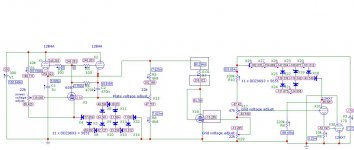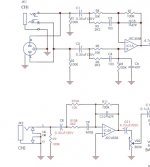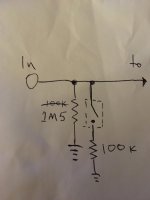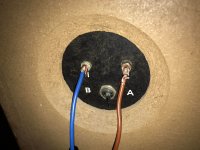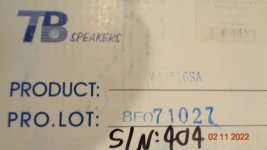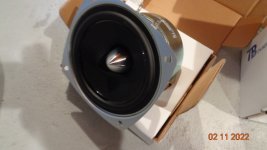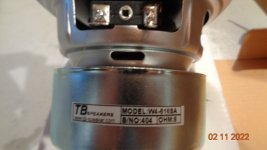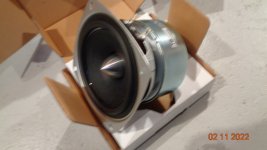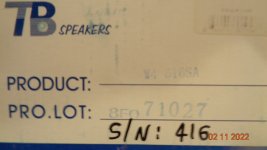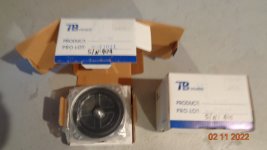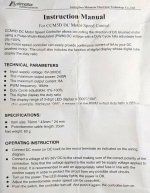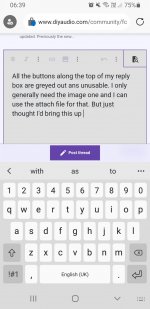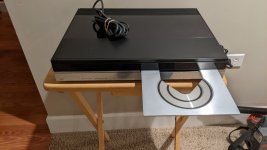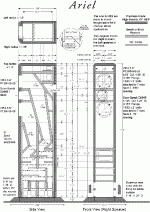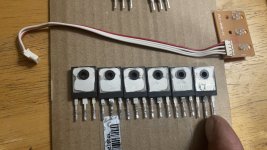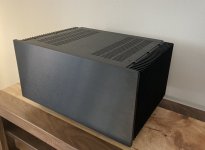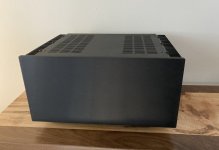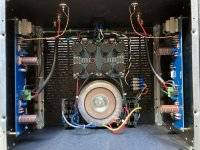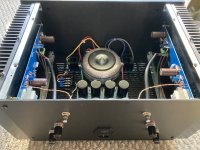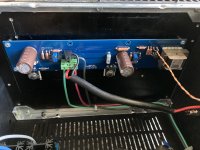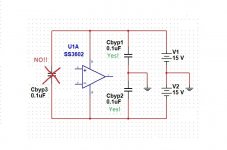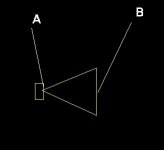Hi all. I'm triying to bring back to life this old player. AZ6801, philips. 1989.
When I got it, it don't power up. I find fast why. The power regulator, which output 5v for the microcontroller, was bad, and in their out pin, it has 7,8v.
I change it for a 7805, and bingo, display began to works, and i saw the pattern that this player shows at boot, before do focus or anything more.
Other failure, was a TDA7072 burned, and now its changed also.
Ok, now, it powers up, but do nothing. ONLY moves the pickup to the initial position, and thats all.
Laser dont lit, Cd dont spins...
If I force láser on, cheating the APC circuit, it works and goes on. But, if i play with the levels of the door switch, and pickup initial position swicht, microcontroler dont mind, and no lits the láser nor try to focus.
When I test the original damaged regulator, i saw overvoltage in his output. It must be 5 v, but was giving 7,8, and, since it powers the microcontroller, i think that this overvoltage could fríed the controller.
But, hey, as i've said, the controller works well the display and positions the pickup in the initial position, from there, now it must power the láser, and do the focus search., but dont do anything more. So, is not died.
Thats all. What do You thing? Damaged brain? I'm losting something? I accept gratefully any help or thinking.
Marry Christian, and all the Best from Spain.
Albert.
